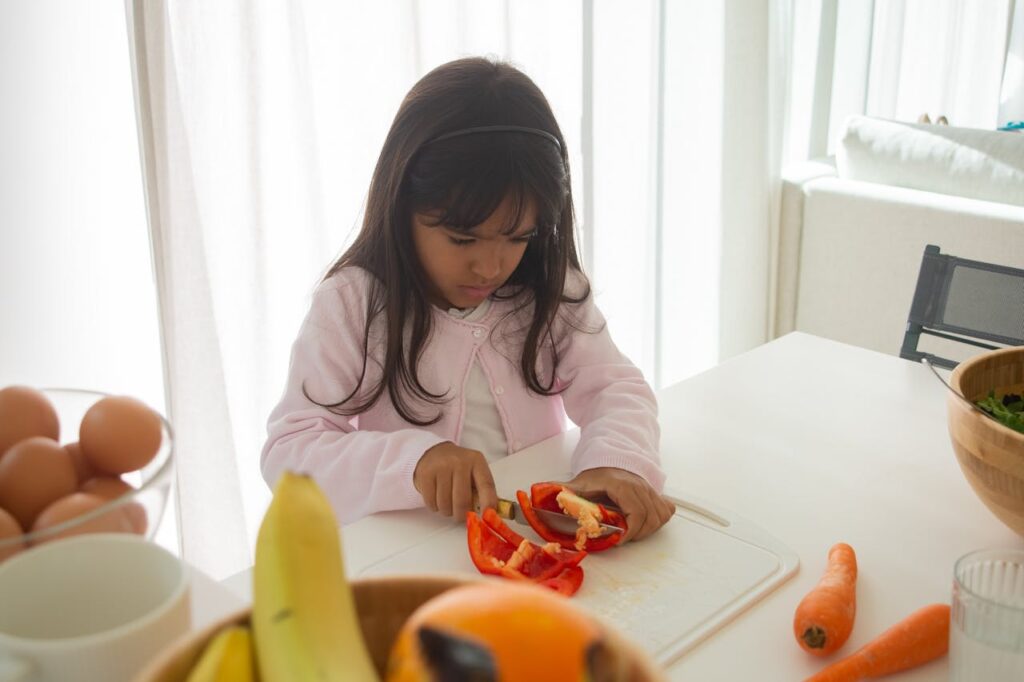Preventing Accidents with Sharp Objects: Proper Storage and Use
Preventing Accidents with Sharp Objects: Proper Storage and Use In any kitchen, sharp objects are indispensable tools that make food preparation possible. However, without the appropriate handling and storage practices, these essential items can pose significant risks. Home cooks, parents, and kitchen safety enthusiasts alike should prioritize understanding and implementing safety measures to prevent accidents. This blog post aims to guide on safely using and storing knives, scissors, and other sharp utensils, underlining the importance of conscientious practices in ensuring kitchen safety. Understanding the Risk: Common Accidents and Mishaps Each year, countless injuries occur in kitchens due to improper handling of sharp objects. These range from minor cuts to more severe accidents requiring medical attention. Real-life examples underscore not only the prevalence of such incidents but also their preventability. For instance, a momentary lapse of attention while slicing vegetables can result in a significant cut, or an improperly stored knife can lead to injuries when unsuspecting hands rummage through drawers. Statistics further illuminate the issue. According to reports, many emergency room visits annually are attributed to kitchen-related injuries, with a sizable portion involving sharp utensils. Such data compels the need for heightened awareness and preventive measures in the culinary space. Best Practices for Safety Ensuring the safe use and storage of sharp kitchen tools is paramount in preventing accidents. Here are some best practices to adopt: Keep Knives Sharp: Ironically, a sharper knife is safer as it requires less force to cut through food, reducing the risk of slipping. Use Appropriate Cutting Techniques: Always cut away from your body, and keep fingers clear of the cutting line. Utilizing a stable cutting board also prevents slips. Safe Storage Solutions: Invest in knife blocks, magnetic strips, or drawer inserts specifically designed for knife storage. These solutions keep knives securely in place and out of reach of children, minimizing risk. Regular Inspections: Periodically check your sharp tools for damage. Discard any that are broken or irreparably dull, as they pose additional risks. Recommended Products for Secure Storage Considering the vital role of storage in kitchen safety, several products stand out for their effectiveness: Magnetic Knife Strips: These not only save counter space but also keep knives visible and accessible, reducing the risk of accidental cuts when reaching for them. Drawer Knife Blocks: An excellent option for those preferring to keep knives out of sight, these blocks keep blades securely contained and organized. Universal Knife Blocks: Designed to fit knives of various sizes, these blocks are versatile storage solutions that ensure safety in the kitchen. Educating Children on Kitchen Safety With curiosity driving them, children are naturally drawn to explore, making it crucial to educate them about the dangers of sharp objects. Demonstrating proper use and explicitly explaining the risks can foster respect for these tools and their potential hazards. Additionally, childproofing storage areas and supervising children in the kitchen are essential steps in mitigating risk. Conclusion: Fostering a Safe Kitchen Environment Awareness and proper precautions are foundational to preventing accidents with sharp objects in the kitchen. By adopting safe practices, investing in appropriate storage solutions, and educating all household members about the risks, we can significantly reduce the likelihood of injury. It is our collective responsibility to ensure our kitchens are not just creative havens but safe spaces for everyone. We encourage you to share your own safety tips and experiences. Together, we can build a community dedicated to kitchen safety and accident prevention. Safety in the kitchen begins with awareness and education; by sharing knowledge, we can protect ourselves and our loved ones from unnecessary harm.


